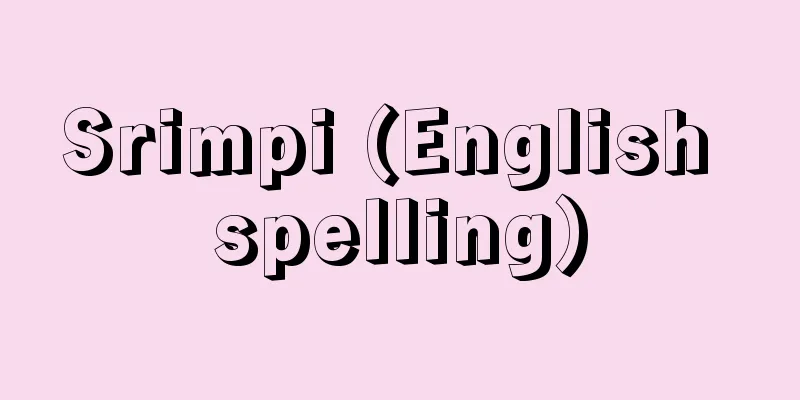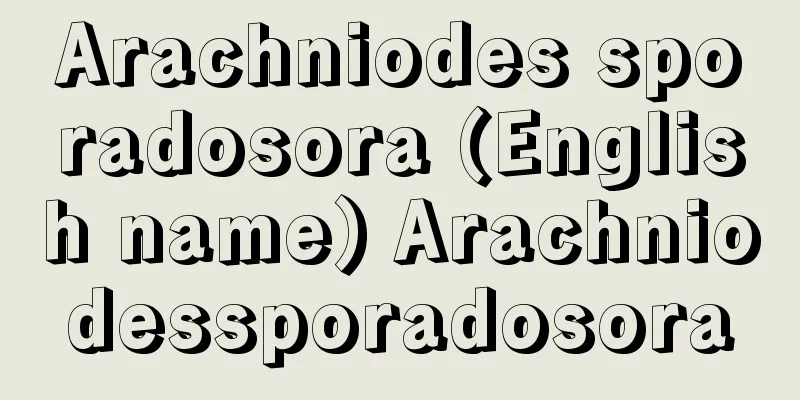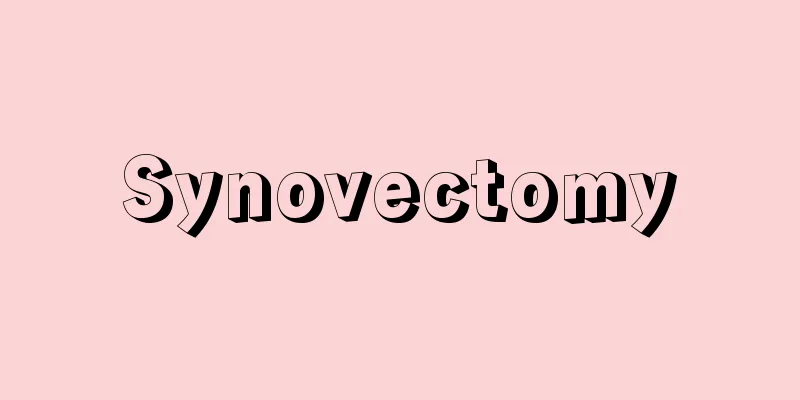"Colored Fairy Tales" - Colored Fairy Tales

|
…This work is said to have formed the basic structure of the aisozukashi of the Otsuma Hachirobei mono. It was adapted into works such as Kane moro tomo yumezasaya (Kanen tomo Yumezasaya) (May 1813, Kyoto Kitagai Shiba, Tokyo) and Fuzuki otogi zoushi (July of the same year, Edo Nakamuraza), and was also rewritten as Iroe iri otogi zoushi (Colored fairy grass) (written by Tsuruya Nanboku, June 1808, Edo Ichimuraza). In puppet theater, there is Tsumagasane Naniwa no Hachimonji (written by Hachitami Heishichi, February 1769, Osaka Takemotoza), and the sixth act of this work, Unagidani no dan, was retitled Sakuratsubauraminosamezaya (Sakuratsubauraminosamezaya), which remains to this day and is also performed in Kabuki. … From "Ghost Story"...In Kamigata, ghost arts from the 4th Ichikawa Kodanji and Ichikawa Sainyu (Udanji) remained. Famous ghost stories include "Tōkaidō Yotsuya Kaidan," "Iroeiri Otogizōshi" (Obata Koheiji), "Minori Yoshikogane no Kikuzuki" (Sarayashiki), and "Higashiyama Sakurasōshi" (Sakura Sogo). One of the key features of ghost stories is the keren (trick) staging, and techniques such as gimmicks and quick changes that take the audience by surprise were developed.... From [Kusazoushimono]...At first, theater people rejected the dramatization of novels ("Annual Events by the Author"), but after the 4th Tsuruya Nanboku (his pen name in the collection was Uba Jyosuke), exchanges with the theater world were established, and dramatization of kusazoshi became popular. Dramatization began with Nanboku's "Colored Fairy Tales" (performed in leap June 1808 at the Edo Ichimura Theater), which was based on Santo Kyoden's reading book "Strange Tales of Revenge: Asaka-numa" (1803) and the collection "A Later Revenge at Asaka-numa" (1807). The following are some of the famous kusazoshimono: Inner Patterns of Genji Purple (1829-1842) at the Ichimura-za Theater in 1838 (Tenpo 9) and Higashiyama Cherry Blossoms Zhuangzi at the Edo Nakamura-za Theater in 1851 (Kaei 4). These works were based on Fake Purple Countryside Genji (1829-1842) by Ryutei Tanehiko; Kinpei-mei Soga no Tamamono (1831-1847) at the Nakamura-za Theater in 1860 (Man'en 1); and Kojiki (1849-1852) at the Kawarazaki-za Theater in 1852 (Kaei 5). The Tale of the Raiya Goketsu was adapted from Mizugaki Egao's Ko Raiya Goketsu Tan (1839-47), the Edo Kawarazaki Theater's Shiranui Tan was adapted from Shiranue Tan (1849-85) co-written by Tanekane, Tanehiko and Tanekiyo, and the Nakamura Theater's Hanamido Yamato Bunko in 1854 (Ansei 1) was adapted from Mantei Oga's Shaka Hatsuso Yamato Bunko (1845-71). From [Tsuruya Nanboku]...Rather, it can be said that its major features were its consistent pursuit of "kizewa" (life-like drama) that realistically depicts the customs of townspeople and the lives of the lower classes, as well as its emphasis on depicting brutal murder scenes and risqué love scenes, which were the tastes of audiences at the time, and its dramatic developments, its sense of the macabre through the use of gimmicks and ghosts, and its dramaturgy that combines disparate elements through unusual ideas to construct a complex world. Among his representative works from the early period are "The Four Heavenly Kings Maple Tree Edo Bear" (November 1804, Kawarazaki Theater), which was well-received for its plot in which a nobleman plays the role of Tsuji-no-Kimi and celebrates the spring, "Colored Fairy Tales" (June 1808, Ichimura Theater), which mixed the worlds of Kobata Koheiji's ghost stories with those of the Sarayashiki story and Tenjiku Tokubei, and in which Matsusuke played the roles of Koheiji, Tetsuzan, Otowa, and others, and "The Four Heavenly Kings Maple Tree Edo Bear" (June 1808, Ichimura Theater), which was performed by Koshiro. The play "The Letter of Promotion of the Time-Kikyō" (July 1808, Ichimura-za) based on "Mitsuhide of the Horse-Basher", "The Make-up Mirror of Okuni-no-O ... Kokoro no Nazo Toke Tairoito (The Mystery of the Heart Solved by Colored Threads) (January 1810, Ichimura-za) features Hanji Kurobe (Koshiro) and Omatsuri Sajichi (Matsusuke), and Kachizumo Ukina no Hanabure (The Victory Sumo Fighter, the Flower of the Floating Flowers) (March 1810, Ichimura-za) is a rewrite of Shirafuji Genta's "Sewa Kyogen" in which Tsurigane Gonsuke (Koshiro) is killed by Genta (Mitsugoro), and Koshiro plays a revenge Kyogen in which 18 to 21 characters, both good and bad, are brutally murdered. His plays include "Ehon Hougatsuji" (May 1810, Ichimura-za), in which he played the antagonists of the time and the business, Eda Daigakunosuke and Tachibana no Taheiji; "Dekiaki Yawata Matsuri" (August 1810, Ichimura-za), a rewritten kyogen about Sochocho, a wind chime soba noodle shop owner who kills his daughter; and "Nazo no Obichi Yotsu Tokubei" (July 1811, Ichimura-za), a rewritten version of the summer festival that later became the prototype of the Yotsuya Kaidan. Perhaps because it violated laws issued in July of that year (prohibition of the use of place names in Funai during kyogen, laws on costumes and props, prohibition of the use of pasted crimson, etc.), "Nazo no Obichi" was discontinued. *Some of the terminology explanations that refer to "Sainyu Otogigusa" are listed below. Source | Heibonsha World Encyclopedia 2nd Edition | Information |
|
…〈お妻八郎兵衛物〉の愛想づかしの基本構造が形成された作といえる。改作に《鐘もろとも夢鮫鞘》(1813年5月京北側芝居),《文月恨鮫鞘》(同年7月江戸中村座)などが生まれ,《彩入御伽艸(いろえいりおとぎぞうし)》(鶴屋南北作,1808年6月江戸市村座)にも書き替えられている。人形浄瑠璃には,《裙重浪花(つまがさねなにわの)八文字》(八民平七作,1769年2月大坂竹本座)があり,その六段目〈鰻谷の段〉を改題したのが《桜鍔恨鮫鞘(さくらつばうらみのさめざや)》で,今日まで残り,歌舞伎でも演じられている。… 【怪談】より…上方では4世市川小団次・市川斎入(さいにゆう)(右団次)系の亡霊の芸が残された。著名な怪談物には《東海道四谷怪談》,《彩入御伽艸(いろえいりおとぎぞうし)》(小幡小平次),《実成金菊月(みのりよしこがねのきくづき)》(皿屋敷),《東山桜荘子(ひがしやまさくらそうし)》(佐倉宗吾)などがある。怪談物の眼目の一つにはケレン(トリック)の演出があり,観客の意表をつく仕掛物や早替りの技術が発達した。… 【草双紙物】より…当初,小説の劇化は劇場人の側から拒絶されてきたが(《作者年中行事》),4世鶴屋南北(合巻での筆名は姥尉輔(うばじようすけ))以降,劇界との交流が生まれ,草双紙の劇化も盛行した。劇化のはじまりは,山東京伝の読本《復讐奇談 安積沼(あさかのぬま)》(1803)と合巻の《安積沼後日仇討》(1807)に取材した南北の《彩入御伽艸(いろえいりおとぎぞうし)》(1808年閏6月江戸市村座)であった。以下,著名な草双紙物をあげると,38年(天保9)市村座の《内裡模様源氏紫(ごしよもようげんじのえどぞめ)》と51年(嘉永4)江戸中村座の《東山桜荘子》は,柳亭種彦作《偐紫(にせむらさき)田舎源氏》(1829‐42),60年(万延1)中村座《金瓶梅曾我松賜(たまもの)》は,曲亭馬琴作《新編金瓶梅》(1831‐47),52年(嘉永5)江戸河原崎座の《児雷也豪傑譚話(ものがたり)》は,美図垣笑顔(みずがきえがお)作《児雷也豪傑譚》(1839‐47),53年江戸河原崎座の《しらぬひ譚》は,種員・種彦・種清合作の《白縫譚》(1849‐85),54年(安政1)中村座の《花見台(はなみどう)大和文庫》は,万亭応賀作《釈迦八相倭文庫(しやかはつそうやまとぶんこ)》(1845‐71)の,それぞれ脚色物であった。… 【鶴屋南北】より…むしろ一貫して迫真的な市井風俗や下層民衆生活を描写する〈生世話(きぜわ)〉の追求,また当時の観客の嗜好でもあった残虐な殺し場やきわどい濡れ場の描出に力点をおき,劇的展開と,仕掛物や亡霊などによる怪奇趣味,あるいは奇抜な趣向によって異質なもの同士を結合させ,世界の複合性を構築してゆくドラマツルギーなどが大きな特徴であったといえよう。 前期の代表作としては,公卿が辻君となって春をひさぐ趣向が評判となった《四天王楓江戸粧(してんのうもみじのえどぐま)》(1804年11月河原崎座),小幡(こばた)小平次の怪談に皿屋敷と天竺徳兵衛の世界を綯交(ないま)ぜにし,松助が小平次,鉄山,おとわなどの役々を演じた《彩入御伽艸(いろえいりおとぎぞうし)》(1808年閏6月市村座),幸四郎が演じた〈馬盥(ばだらい)の光秀〉の《時桔梗出世請状(ときもききようしゆつせのうけじよう)》(1808年7月市村座),すでに好評を博した天竺徳兵衛を土台に阿国御前(松助)の怪談,累・与右衛門の早替り(栄三郎を3世菊五郎)を見せた《阿国御前化粧鏡(けしようのすがたみ)》(1809年6月森田座),本町糸屋の娘お房とお時(二役,半四郎)と本庄綱五郎(三津五郎),半時九郎兵衛(幸四郎),お祭左七(松助)らの活躍する《心謎解色糸(こころのなぞとけたいろいと)》(1810年1月市村座),白藤源太の書替えの世話狂言で釣鐘権助(幸四郎)が源太(三津五郎)に殺される《勝相撲浮名花触(かちずもううきなのはなぶれ)》(1810年3月市村座),善玉悪玉双方で18人ないし21人の登場人物が惨殺される返り討狂言で,幸四郎が左枝大学之助と立場の太平次という時代と世話の敵役を演じわけた《絵本合法衢(がつぽうがつじ)》(1810年5月市村座),風鈴蕎麦屋が娘を殺す双蝶々の書替狂言《当龝八幡祭(できあきやわたまつり)》(1810年8月市村座),また夏祭の書替えで,のちの四谷怪談の原型ともなった《謎帯一寸徳兵衛(なぞのおびちよつととくべえ)》(1811年7月市村座)などがある。この年7月に出された法令(狂言中府内地名の使用禁止,衣裳小道具法度,糊紅の使用禁止など)に抵触するところあってか,《謎帯》は興行を中絶した。… ※「《彩入御伽艸》」について言及している用語解説の一部を掲載しています。 出典|株式会社平凡社世界大百科事典 第2版について | 情報 |
<<: Colorful painting of old Imari
Recommend
Masatetsu Inoue - Inoue Masakane
Year of death: February 18, 1849 (March 12, 1849) ...
Buster Keaton
American film actor. His real name is Joseph Fran...
Agartala
...The state has an area of 10,500 km2 and a po...
Aleatorik
…Music that incorporates chance into its composit...
Kingship
The title of king generally means the supreme sove...
Heir -
A term in the family system under the Ritsuryo sys...
Ottlik G.
...The new writers were influenced by Sarkadi Imr...
Published book - Kanpon
In contrast to handwritten manuscripts, this broa...
Wehner, H.
...After Orenhauer's death in 1963, West Berl...
Rosin (pine resin) - pine resin
A resin secreted from the trunks of pine trees. Se...
Toda Mosui
Year of death: April 14, 1706 (May 25, 1706) Year ...
The Kinmon Incident
Also known as the Hamaguri Gate Incident. A battle...
color
A Swiss organic chemist born in Moscow. He studie...
Moth fly (butterfly fly)
A general term for insects belonging to the Dipter...
Tabla (English spelling)
The most representative membrano of North India. T...









